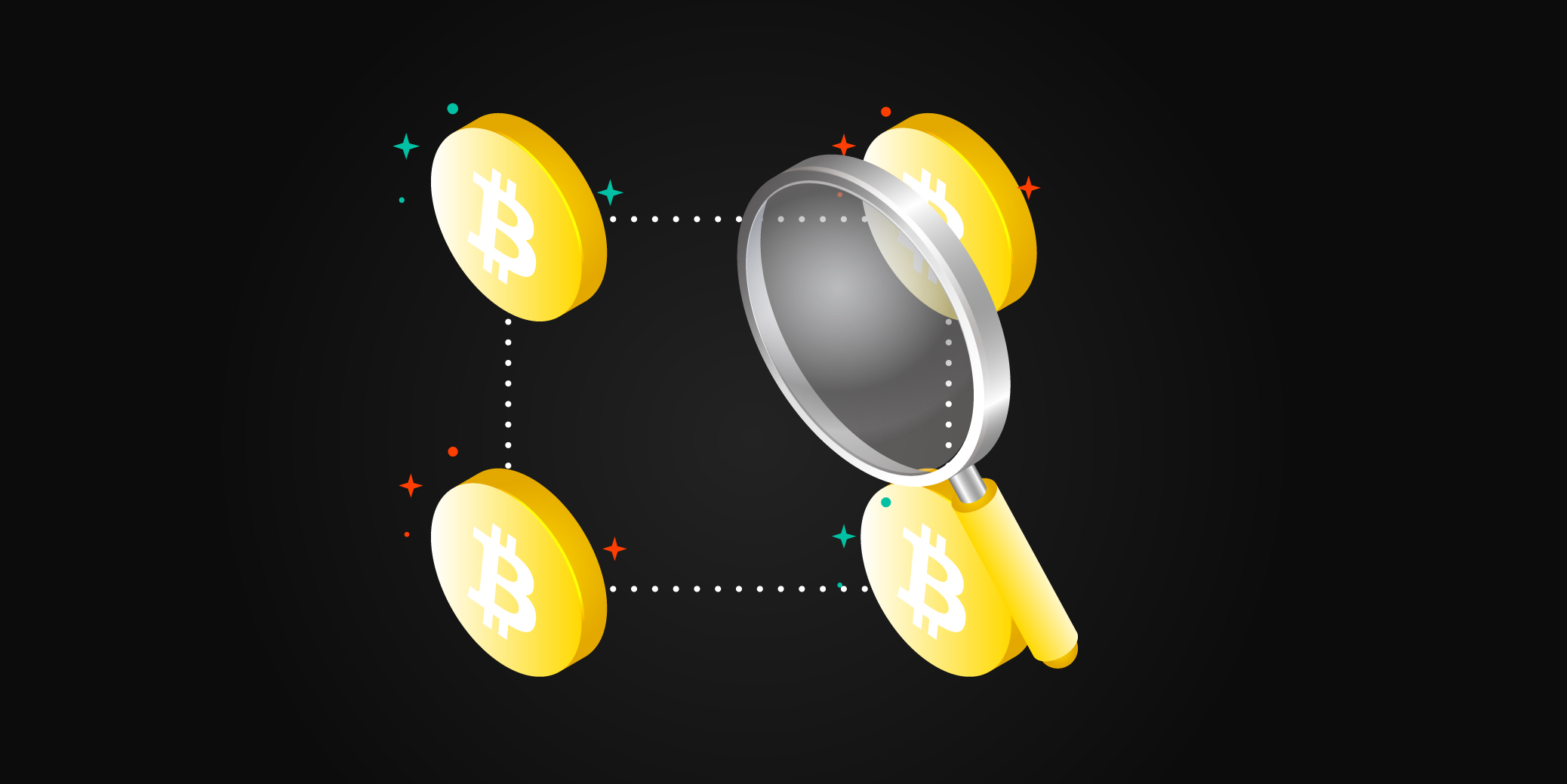
With the rise of digital currencies, Bitcoin (BTC), as the representative of the first blockchain technology, has garnered significant attention. For newcomers to the world of blockchain, understanding how the BTC network operates can provide a better grasp of this emerging technology. This article will delve into the workings of the BTC network, catering to the knowledge of blockchain novices.
Blockchain Basics
Firstly, we need to grasp the fundamental concept of blockchain. Blockchain is a decentralized distributed ledger technology, where data is maintained by multiple nodes, ensuring decentralization and tamper resistance. The Bitcoin blockchain consists of a series of blocks, with each block containing a certain number of transaction records.
Block Generation and Verification
In the BTC network, transactions are bundled into blocks. Miners, participants in the network, are responsible for validating these transactions and packaging them into blocks. To accomplish this, miners must solve a complex mathematical problem known as "Proof of Work" (PoW). This process, commonly referred to as mining, rewards the miner who successfully solves the problem with a certain amount of Bitcoin.
Once a block is successfully mined, it is broadcasted to the entire network. Other nodes verify the legitimacy of this block, ensuring that the transactions within it are not illicit. If the verification is successful, the block is added to the end of the blockchain, creating a new block.
Decentralized Nature of Blockchain
The decentralization of the BTC network is a crucial safeguard for its security and resistance to attacks. Due to its distributed nature, with no single centralized entity controlling the entire network, it becomes challenging to attack. Each node has a complete copy of the ledger, and any attempt to tamper with any part of the data immediately raises alarms among other nodes.
Consensus Mechanism and Block Rewards
The BTC network employs a consensus mechanism to ensure the consistency of the ledger across all nodes. Through Proof of Work, miners compete to solve mathematical problems for the right to generate a block. This process ensures fairness and limits abuse within the network. Block rewards serve as an incentive for miners to participate in mining and also serve as the mechanism for introducing new bitcoins into circulation.
Transaction Confirmation and Decentralized Ledger
Another vital feature of the BTC network is the confirmation mechanism for transactions. Generally, the more times a transaction is confirmed, the less susceptible it is to tampering. This guarantees the security and reliability of transactions. The decentralized ledger system ensures that the entire network does not depend on a single entity, ensuring transparency and traceability of transactions.
The Future Outlook of Blockchain
As blockchain technology continues to evolve, so does the BTC network. In the future, new consensus mechanisms, performance-improving technologies, and broader application scenarios may emerge. For novices, staying informed about the development of blockchain technology, understanding its underlying principles, will help grasp the opportunities in this digital era.
By providing a brief overview of the operational mechanism of the BTC network, it is hoped that readers will gain a preliminary understanding of Bitcoin and blockchain technology. While the knowledge in this field can be complex, a deeper understanding of its fundamental principles will contribute to a better comprehension of the essence of digital currency and decentralized technology.
